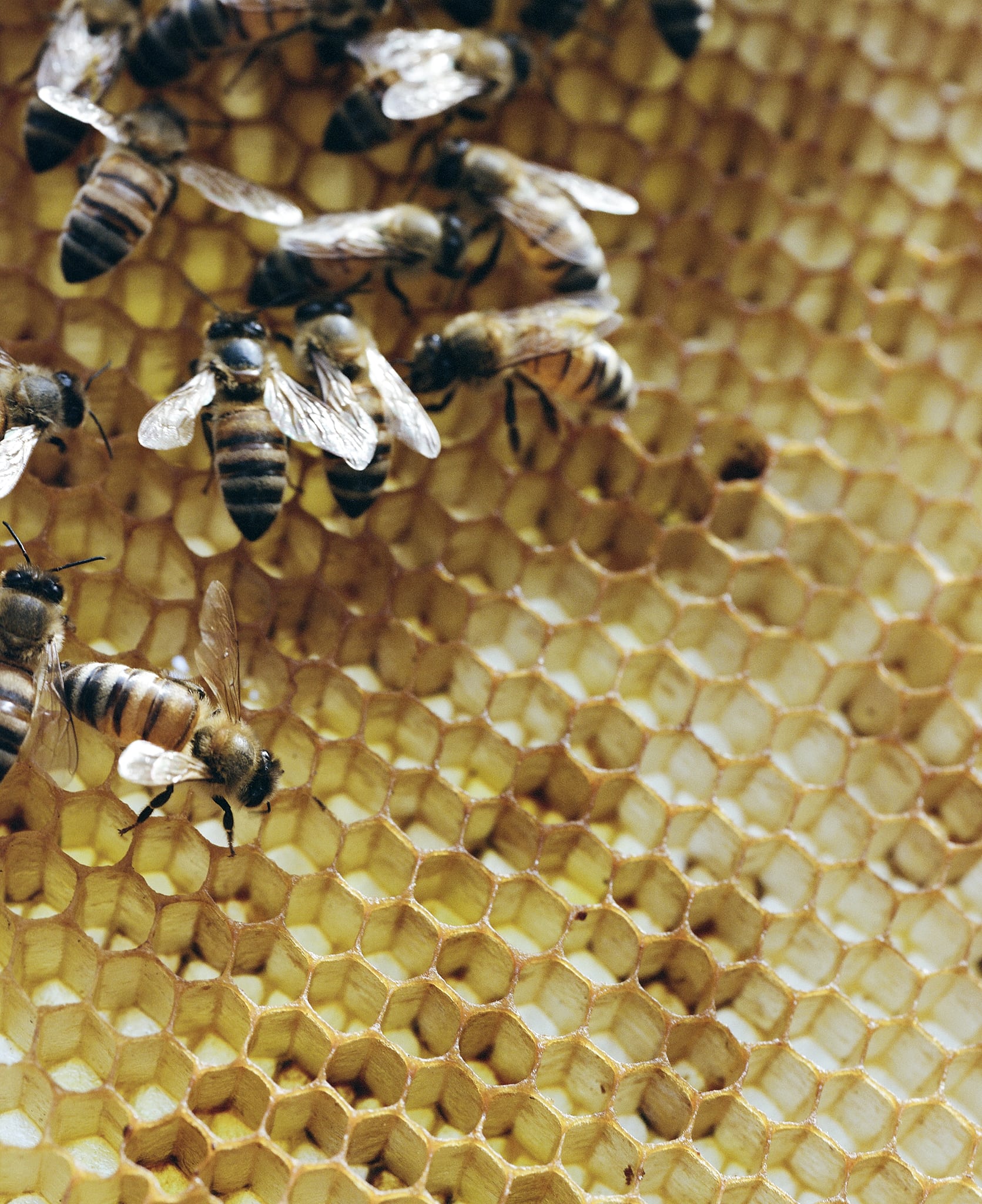The planet as one living entity. The Gaia Theory, proposed by scientist James Lovelock in collaboration with microbiologist Lynn Margulis in the 1970s, presents a fascinating view of Earth as a single, self-regulating organism, Gaia, where the biosphere, atmosphere, oceans, and soil interact in complex ways to maintain the conditions necessary for life. A theory that extends the notion of homeostasis the regulation of internal conditions found in individual organisms—to the entire planet, it states that Earth’s biological systems actively regulate global conditions to maintain habitability, with living organisms playing a crucial role in influencing the atmospheric composition (such as oxygen levels through photosynthesis and methane production by archaea), thereby helping control the climate.
Critics of the theory have argued that there is no evolutionary mechanism by which the Earth as a whole could evolve to maintain conditions favourable to life, pointing out that organisms evolve to survive and reproduce, not to benefit the planet or other species; Earth’s self-regulating nature should be seen as a by-product of life’s interactions rather than a purposeful equilibrium. Although the planet does not possess a singular, overarching consciousness capable of teleological reasoning, the notion that it operates as a single body is intriguing and increasingly supported by scientific research. The planet’s ecosystem and living beings are all profoundly interconnected with each other, in ways that are largely still unknown, with complex feedback loops that maintain the conditions on Earth where life can flourish.
Who would have thought that the wind over the Sahara’s dunes is responsible for the lush vegetation in the Caribbean? Dust from the Sahara Desert in Africa travels across the Atlantic Ocean carrying phosphorus—a nutrient which can boost the growth of plants and reef-building organisms. On many tropical islands in the Caribbean and beyond, flying foxes (large fruit bats) are also key to forest health due to their role in seed dispersal. These bats can travel great distances, carrying seeds from the fruit they eat and dropping them in new locations. This ability makes them vital for regenerating cleared or degraded lands. Unfortunately, they are often targeted because they are mistakenly seen as pests or hunted for bushmeat, jeopardising the ecological benefits they provide.
As animals migrate from one habitat to another, they play a crucial role in transporting not only seeds and spores but also vital nutrients across the planet, forming a complex network akin to the circulatory system in our bodies. Sea turtles, such as the loggerhead, travel thousands of miles across oceans to return to the very beaches where they were born to lay their eggs. These beaches benefit from the nutrients provided by hatched and unhatched eggs alike, as well as from the decomposed bodies of dead hatchlings. This nutrient influx supports coastal vegetation, which stabilises the sand and reduces beach erosion, thereby maintaining the habitat for future generations of turtles and other species.



Another compelling example of the interconnectedness of far reaching ecosystems revolves around the migratory patterns of salmon, which intricately connect marine and freshwater ecosystems across vast distances. Salmon are born in the freshwater rivers of coastal regions in places like Alaska, the Pacific Northwest of the United States, and parts of Russia and Japan, where they spend most of their early life before migrating out to the open ocean. After several years in the ocean, where they grow to adulthood, salmon make an incredible journey back to their birthplace to spawn and die. During their time spent in the ocean, salmon accumulate significant amounts of nutrients like nitrogen and phosphorus. When they return to their freshwater birthplaces to spawn, they bring these ocean-derived nutrients with them which are released into the river after the death of the salmon, significantly enriching the freshwater ecosystem.
Through their feeding and swimming patterns, whales circulate nutrients in the ocean as well as contributing to CO2 sequestration in the atmosphere. Their waste products are rich in iron and nitrogen which fertilise phytoplankton. Since phytoplankton photosynthesise, they absorb carbon dioxide and produce oxygen, effectively reducing atmospheric CO2. The decline in whale populations due to whaling and ship strikes can thus have broader implications for global carbon cycles. When whales die, their carcasses—known as whale falls—sink to the seafloor, creating complex ecosystems that can sustain life for decades. These falls introduce significant nutrients and energy into nutrient-poor deep sea ecosystems, creating hotspots of biodiversity and impacting ecological processes and evolutionary patterns.


In ecosystems like the African savannah and North American prairies, large herbivores such as elephants and bison play a pivotal role in maintaining healthy grasslands. Through their grazing habits they help to control plant growth, aid in seed dispersal, and keep soil healthy through their waste. However, overhunting and habitat fragmentation can disrupt these activities, leading to degraded grassland ecosystems and affecting biodiversity and the climate regulation services these areas provide. Lichens, symbiotic organisms composed of fungi and algae, or cyanobacteria, are crucial contributors to soil fertility. As they colonise rocks, their acidic secretions gradually break down minerals, aiding in the weathering process. Over time, this weathering transforms solid rock into soil, providing habitats for other organisms and fostering plant growth. Lichens are pioneers in colonising barren landscapes like volcanic terrains or recently deglaciated areas, initiating ecological succession and facilitating ecosystem development.
One of the most fascinating examples of interconnectedness involves underground networks of mycorrhizal fungi that connect trees and plants in forests, facilitating the exchange of nutrients and information. These fungi form symbiotic relationships with plant roots, aiding in nutrient uptake and enhancing plant resilience to stress. They can transfer nutrients, such as phosphorus and nitrogen, between different plant species, contributing to the health and diversity of forest ecosystems. Scientists have termed this the “wood-wide web”, signals and chemical messages that flow among plants via the mycorrhizal network. This underground communication system allows plants to respond to environmental cues, such as the presence of pathogens or changes in soil conditions, in real-time. For instance, if a tree is beset by pests, it may emit chemical signals through its roots. Neighbouring plants detect these signals via the mycorrhizal network, enabling them to promptly activate defence mechanisms for self-protection.
There exists, then, a beautifully complex but fragile and intricate interconnectivity between life forms and natural environments that we are just starting to understand. In light of this, it raises concern to see that in recent years, “hardcore”’ geoengineering solutions have been proposed to combat climate change, aiming to quickly reduce global temperatures and atmospheric CO2 levels while neglecting this complexity. A particularly concerning example of this is the iron fertilisation of oceans. This method involves dumping iron particles into the ocean to stimulate phytoplankton growth, which can absorb carbon dioxide through photosynthesis. While, in theory, this could significantly reduce CO2 levels, it could also disrupt marine ecosystems. Potential risks include algal blooms that may deplete oxygen in the water, harming marine life and altering the food chain and nutrient cycles in unpredictable ways.
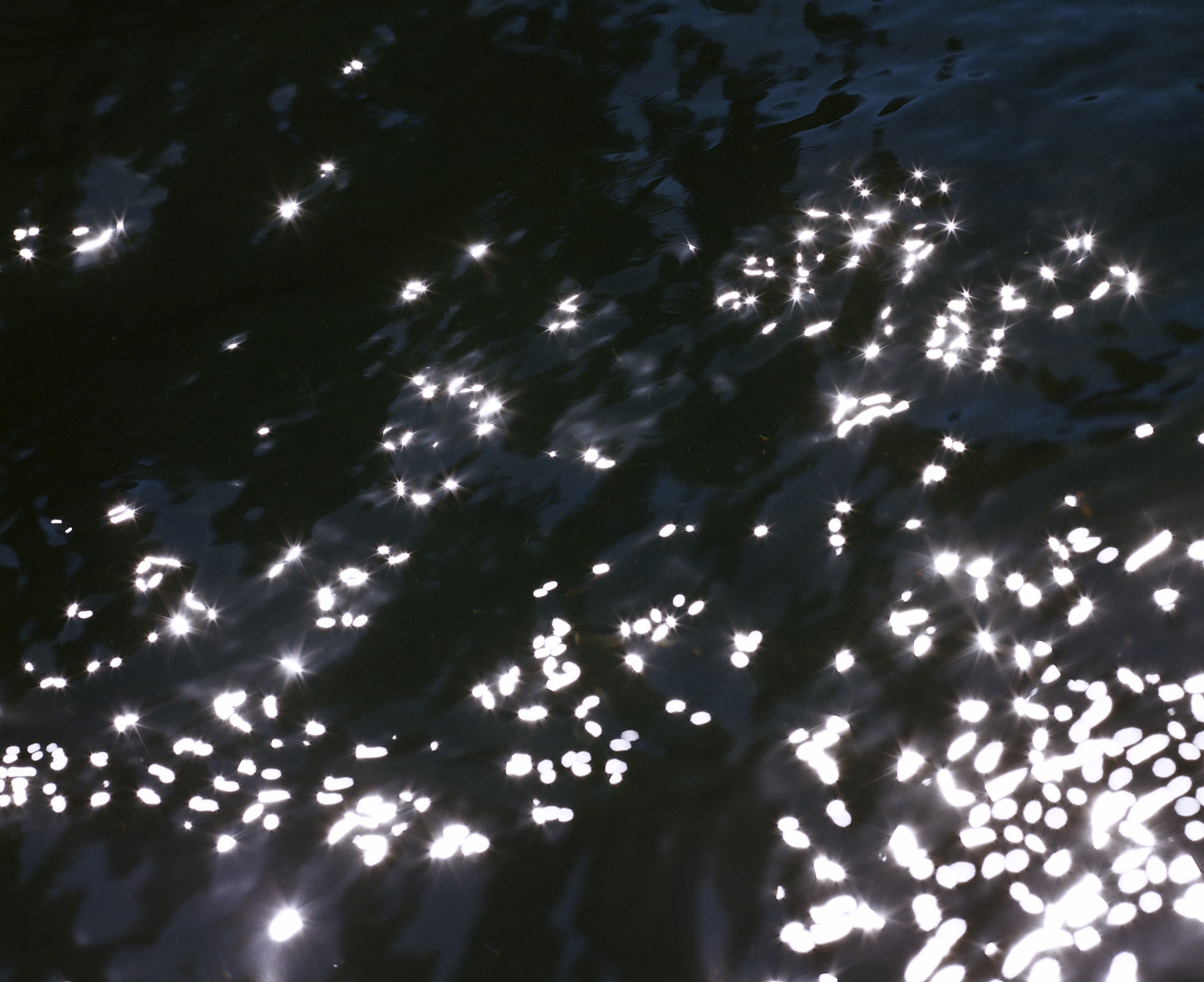

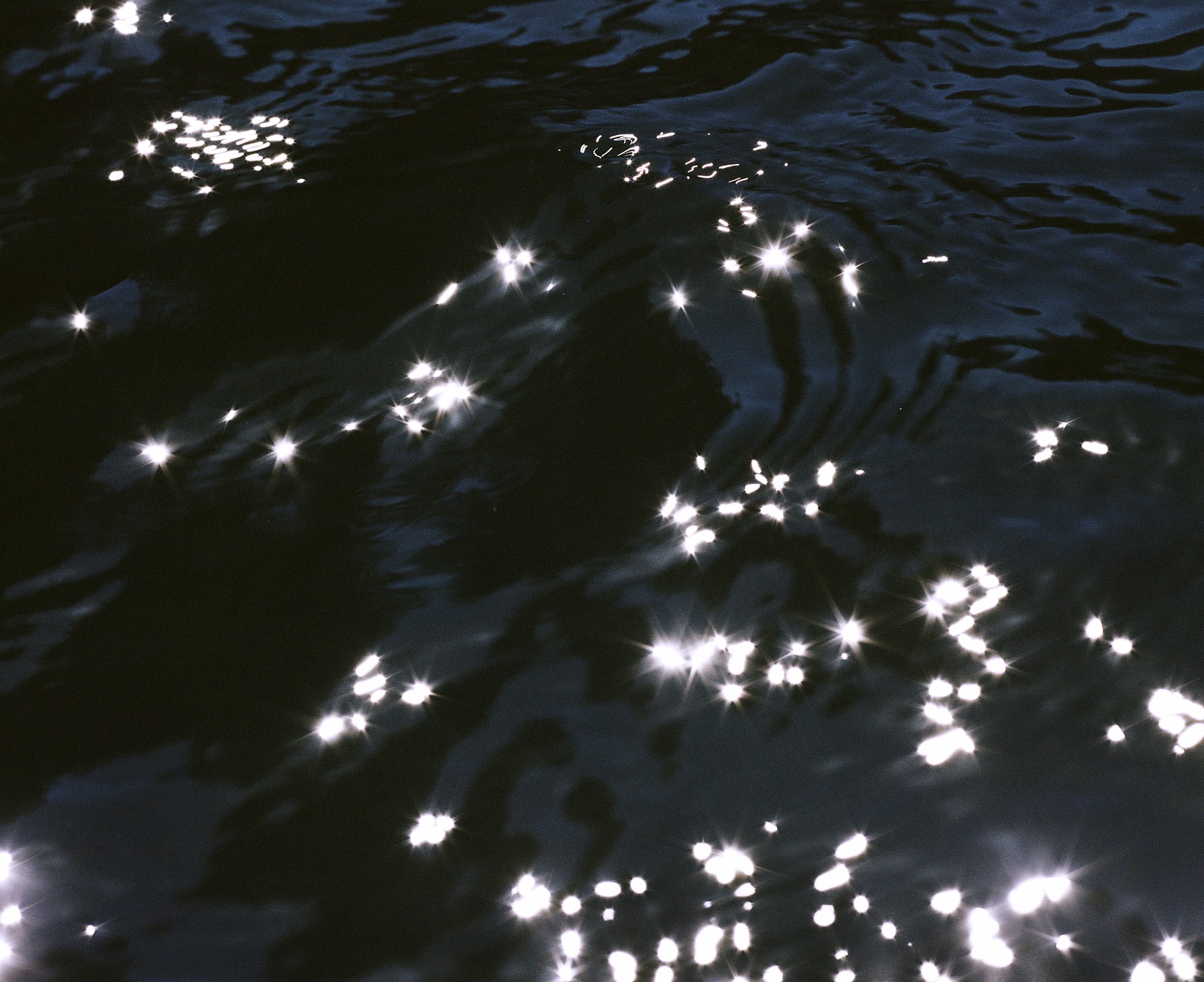

No less worrying are ocean alkalinisation techniques, which aim to enhance the oceans’ capacity to absorb CO2 by adding substances like crushed limestone to seawater to increase its alkalinity. While this could theoretically help reduce atmospheric CO2 levels, it might also lead to unforeseen shifts in ocean chemistry, impacting marine organisms and ecosystems, particularly those sensitive to changes in pH levels. Similarly testosteronic in its approach, stratospheric aerosol injection proposes injecting particles into the stratosphere to reflect sunlight and lower global temperatures, mimicking the cooling effect of large volcanic eruptions. Such an intervention could have unintended consequences on global weather patterns, potentially disrupting monsoon cycles, affecting agricultural productivity, and reducing the availability of solar energy. Paradoxically, even planting trees could do more harm than good if not done properly. Planting vast areas with trees where they do not naturally occur is another proposed method to sequester carbon, but introducing non-native forests can disrupt local species, alter soil conditions, and affect water cycles—potentially leading to ecological imbalances such as reduced biodiversity and displaced native species.
Instead, learning about interconnectedness, environmental and ecological wisdom from Indigenous communities—from the Inuit of the Arctic to the Aboriginal peoples of Australia—can offer invaluable insights into how to understand and address climate and environmental challenges more holistically. Through centuries of observation and interaction, Indigenous peoples have mastered the art of reading the signs and symptoms of the environment, applying remedies that nurture rather than deplete, heal rather than harm. Often neglected as primitive, these observations (deeply rooted in centuries of living closely with nature) provide sophisticated and unique perspectives on the environment that could greatly enrich the global debate about climate science and policy. At a time when Indigenous cultures are undergoing a long-overdue reevaluation in the arts (as evident at the 60th Venice Biennale in 2024, which prominently features this theme), it’s imperative for their reintroduction into the scientific discourse on the environment, too—from the main entrance, and not through the backdoor.
The Inuit, for example, have developed extensive knowledge about the behaviour and stability of sea ice, which is crucial for their hunting practices and overall survival. They observe subtle cues in the environment that signal changes, such as the timing of ice freeze-up and break-up, the thickness and sound of the ice, and the appearance of specific types of snow and ice formations, which can indicate its strength or potential hazards. Traditional Inuit knowledge includes understanding weather patterns and their implications. They can predict weather changes based on wind patterns, cloud formations, and the behaviour of the sun and moon. This deep understanding helps them navigate and survive in one of the most extreme climates on Earth. As climate change alters these patterns, Inuit knowledge becomes crucial in identifying these shifts early and adapting to them.
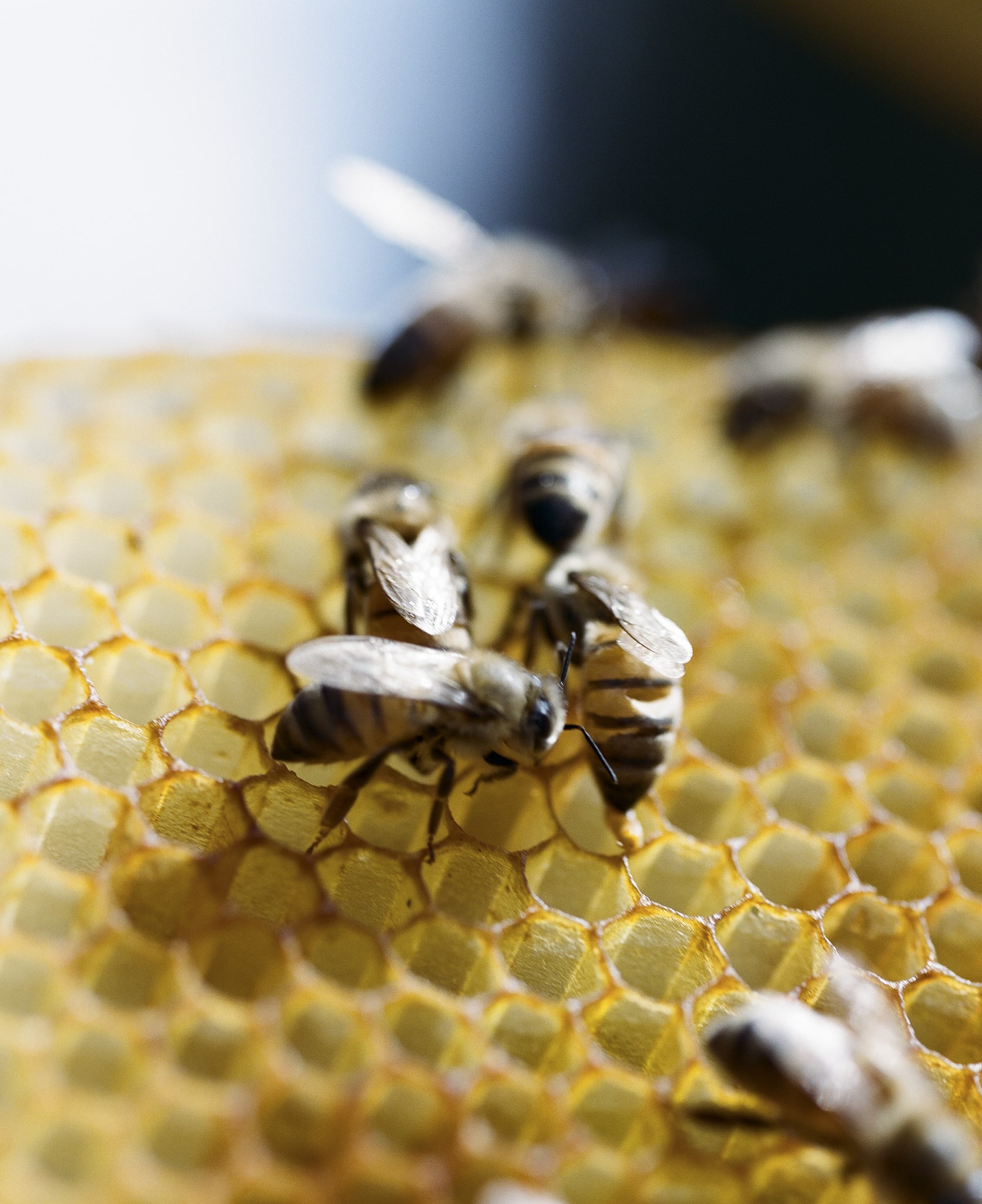
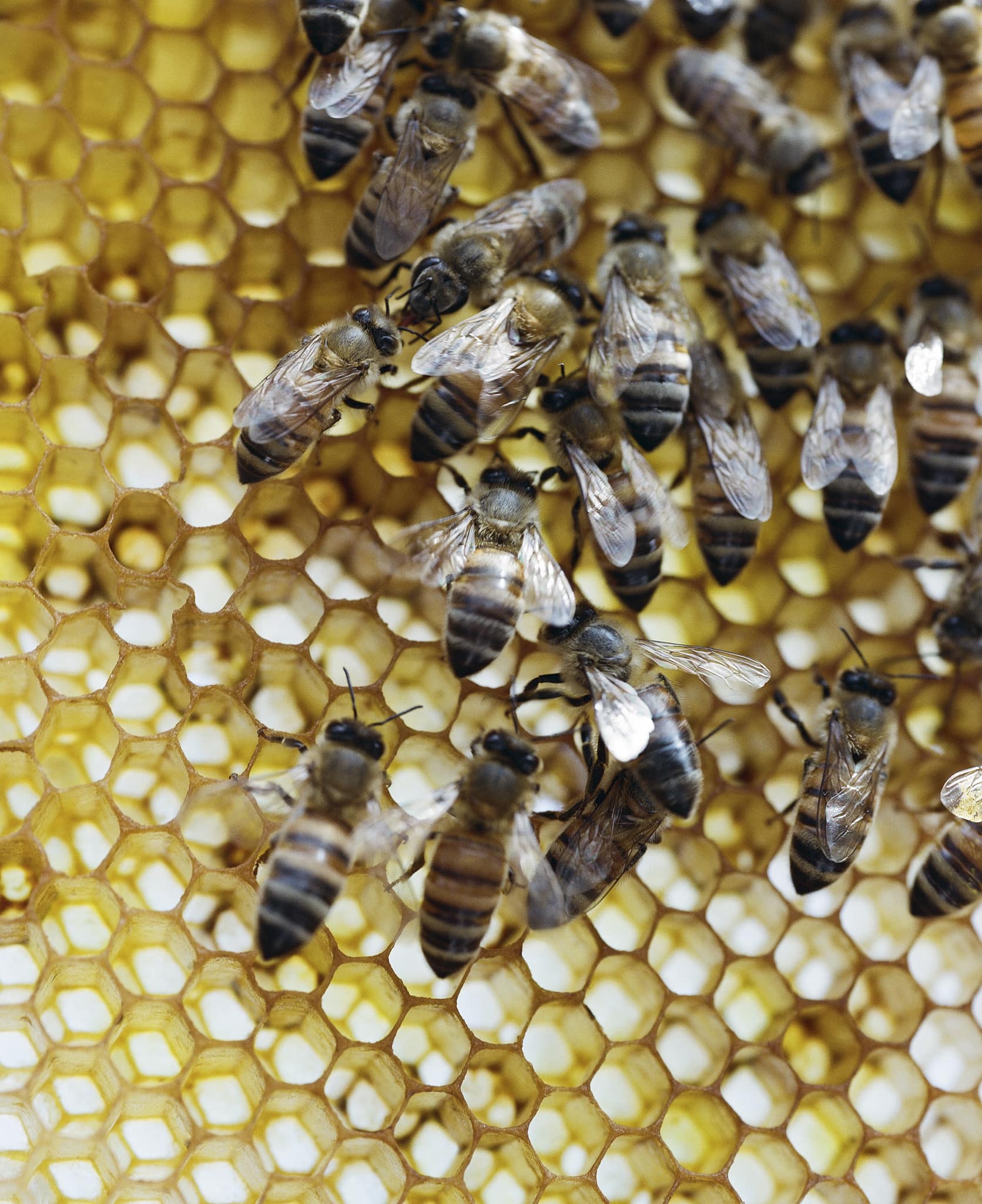
On the other side of the planet in Australia, Aboriginal peoples have used controlled burns to manage landscapes for thousands of years. This practice of “fire-stick farming” helps prevent larger, more destructive bushfires by reducing fuel loads and encourages the regeneration of native vegetation, which supports diverse ecosystems. Observations of vegetation health, animal behaviour, and seasonal weather patterns inform the timing and intensity of these burns. Another remarkable Aboriginal practice is the use of ingenious aquaculture systems to sustain fish populations and ensure a continuous food source for the community. Aboriginal communities are also recognised for their adept construction of fish traps and weirs within river systems. These traps, fashioned from rocks, sticks, and woven materials, are expertly crafted to capture fish as they migrate upstream to spawn.
The traps permit larger fish to pass through, thereby safeguarding the breeding population while concurrently offering a sustainable food source.
By exploring Indigenous practices such as fire-stick farming or ice navigation, valuable insights can be gleaned to enhance strategies related to natural disaster management and adaptation to shifting climatic conditions. Furthermore, Indigenous knowledge of the environment can provide an early warning system for ecosystem stress or change, facilitating timely conservation efforts. But even with the aid of Indigenous knowledge, shaping conservation policies in the context of the intricate network of interconnected systems on our planet poses a daunting challenge for ecology scientists and policymakers, who are often left with the unsettling feeling that a crucial piece of the puzzle may be missing.
The philosopher and environmentalist Adina Popescu—founder of the computational project ÆRTH—believes that AI can be pivotal in addressing this complexity. She is building a one-of-a-kind Planetary AI to help identify unknown patterns in our ecological cycles. “ÆRTH is connecting precious on-the-ground knowledge about the environment in a fair, non-exploitative manner, alongside assisting in managing the planet for the benefit of all,” she explains to Present Space. “It is about time that we, as a global species who depend on each other and our home planet, start to form a consensus on our collective and shared future—our goals and the practices on how to achieve this future. AI can assist us in the process. Presently, however, AI predominantly learns from the collective expression found on the internet, primarily representing the perspectives of individuals in the global north with access to the digital sphere. This narrow scope poses significant limitations.”
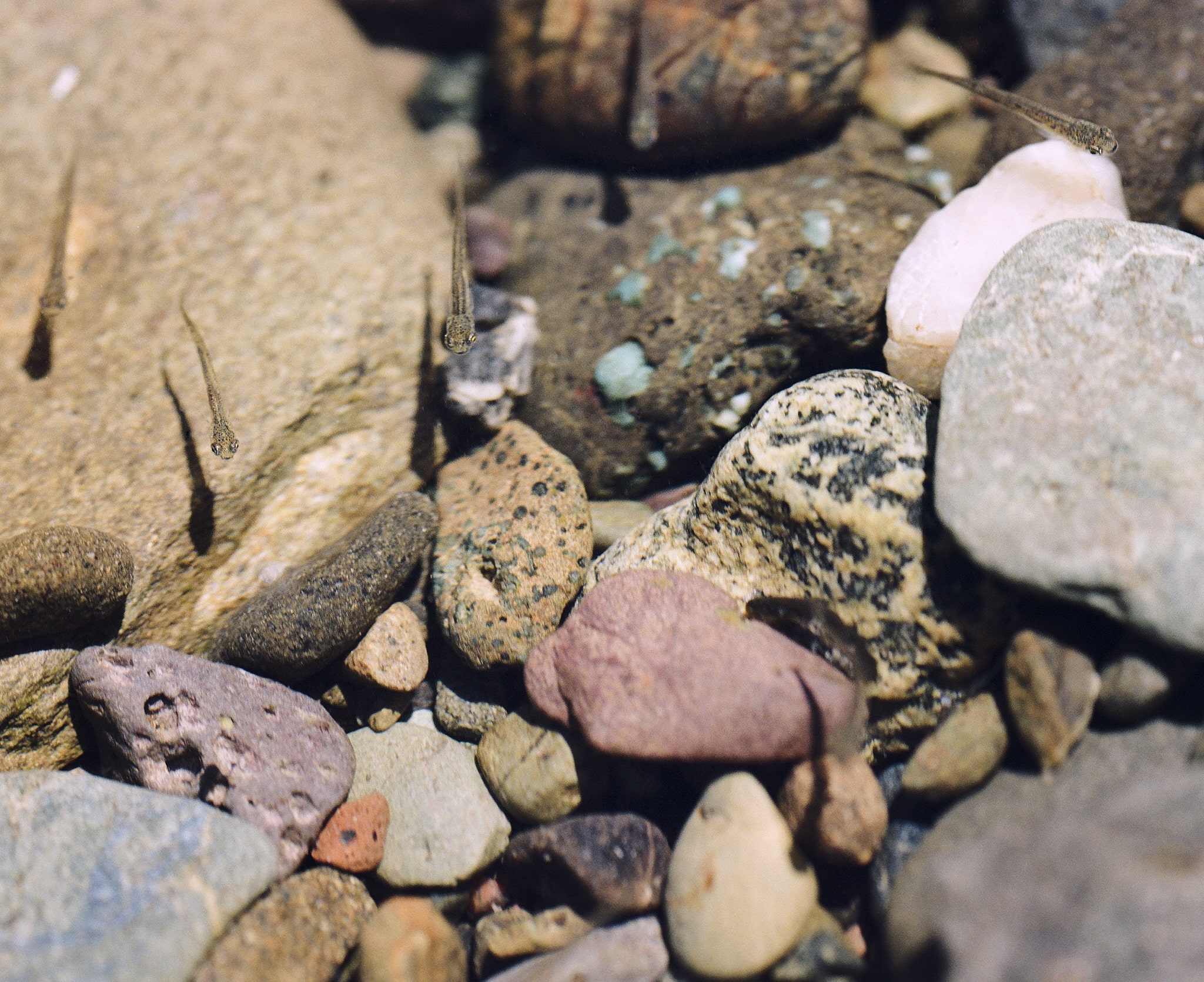
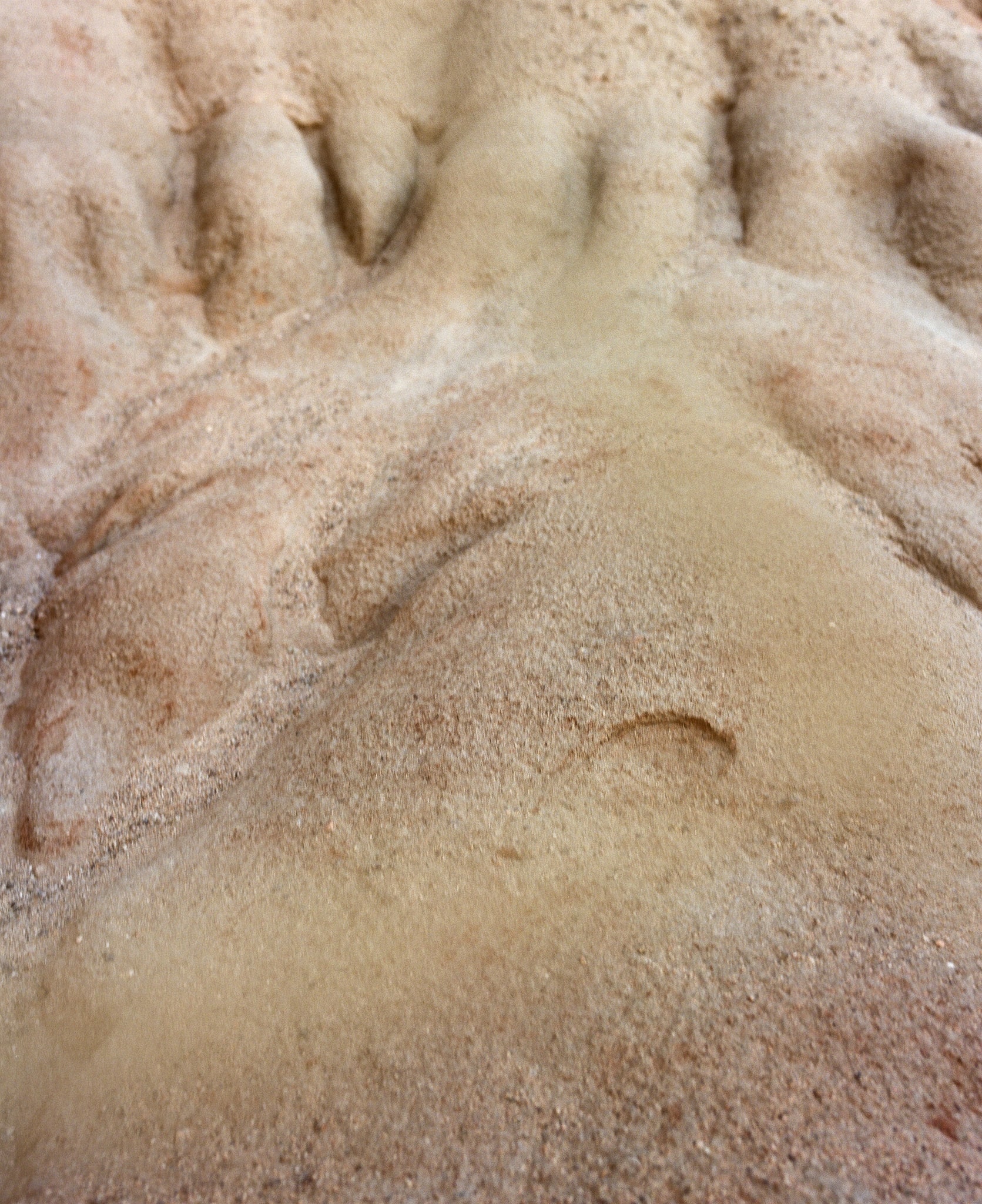
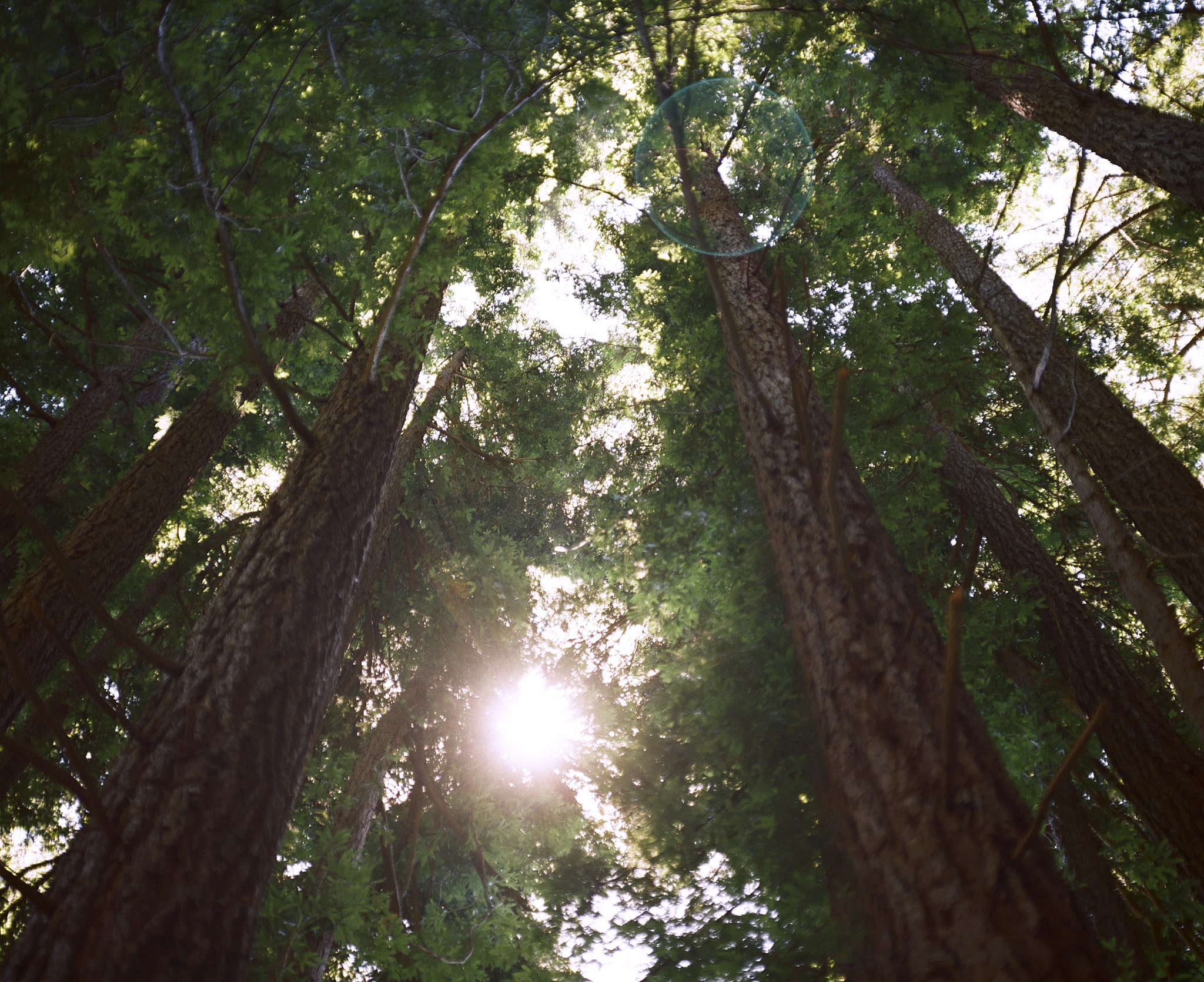
Speaking of ÆRTH, Popescu adds that it is a decentralised environmental data initiative aimed at simulating regeneration solutions for the planet, accessible to scientists, citizens, and organisations alike. It represents an attempt to formalise Indigenous knowledge and ancient wisdom in a way that a computer would be able to read, ensuring at the same time that those who produce real-time environmentally relevant data on the field, especially in the Global South, maintain ownership of these crucial environmental data and are incentivised for sharing them. By combining this data with Satellite data from NASA and AROSE, as well as a vast array of scientific institutions and universities, we could then ask the machine to show us the path forward. As a starting point, ÆRTH has built a Global Ocean and Coastal Data Consortium consisting of the world’s top marine institutes across multiple continents, creating an ever-growing, linked data set on the health of our coast, reef systems and oceans.
Impressively ambitious in scale, Adina Popescu’s project holds a long-term vision; one that is utterly fascinating and somewhat trippy, in the best possible sense of the word. In the long run, ÆRTH could provide the interconnected ecosystems of the planet with a unified “voice” based on real-time environmental data, through which humans could establish “verbal contact” with Gaia and directly seek advice when designing environmental and conservation policies. Amidst the plethora of dystopian AI scenarios circulating in recent years, the prospect of creating an artificial brain for the Earth guiding us humans towards Her own—and hence our own—wellbeing is, ultimately, a comforting one.
